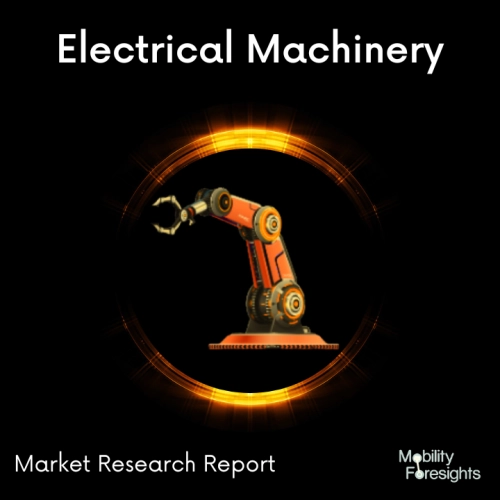
- Get in Touch with Us

Last Updated: Apr 25, 2025 | Study Period: 2024-2030
An equipment used to measure and keep track of the concentration of particular chemicals or compounds in a sample is known as a chemical concentration monitor.
Environmental monitoring, the manufacture of food and beverages, pharmaceuticals, and water treatment are just a few of the businesses that employ chemical concentration monitors extensively.
Depending on the application and the type of chemicals being analysed, the monitor can work utilising a variety of technologies, including spectrophotometry, gas chromatography, electrochemical sensors, and mass spectrometry.
While some chemical concentration monitors are made for periodic or spot-checking measures, others are made for continuous monitoring.
Both ways, the monitor's accuracy and precision are crucial because even small changes in chemical concentrations can have a big impact on the product's quality and safetyâor the environment being monitored.
A processor or controller analyses the sensor data, a display or output presents the findings in a format that can be used, and a sensor or probe that is intended to detect the chemical of interest.

Global chemical concentration monitor market accounted for $XX Billion in 2023 and is anticipated to reach $XX Billion by 2030, registering a CAGR of XX% from 2024 to 2030.
The CS-900, a non-contact chemical concentration monitor, was released by HORIBA Advanced Techno, Co., Ltd. Chemicals used in semiconductor production operations like cleaning and etching are measured invisibly by the monitor.
Exact control is needed when using chemicals that impact how uniformly surfaces are treated throughout the semiconductor fabrication process.
Chemicals delivered through pipelines are measured by the CS-900 chemical concentration monitor without the chemicals being in contact with them, resulting in safe and reliable measurement findings without contamination or leakage.
In addition to selling units inside and outside of Japan, HORIBA Advanced Techno wants to sell 150 units in the first year and more than 1,000 units.
Chemical processing is a crucial step in the production of semiconductors that necessitates precise chemical control due to its influence on the homogeneity of surface treatment and throughput.
Traditionally, the sensor unit was attached directly to the pipe transporting the chemical to be tested, or the piping path was diverted to the measuring device.
| Sl no | Topic |
| 1 | Market Segmentation |
| 2 | Scope of the report |
| 3 | Abbreviations |
| 4 | Research Methodology |
| 5 | Executive Summary |
| 6 | Introduction |
| 7 | Insights from Industry stakeholders |
| 8 | Cost breakdown of Product by sub-components and average profit margin |
| 9 | Disruptive innovation in the Industry |
| 10 | Technology trends in the Industry |
| 11 | Consumer trends in the industry |
| 12 | Recent Production Milestones |
| 13 | Component Manufacturing in US, EU and China |
| 14 | COVID-19 impact on overall market |
| 15 | COVID-19 impact on Production of components |
| 16 | COVID-19 impact on Point of sale |
| 17 | Market Segmentation, Dynamics and Forecast by Geography, 2024-2030 |
| 18 | Market Segmentation, Dynamics and Forecast by Product Type, 2024-2030 |
| 19 | Market Segmentation, Dynamics and Forecast by Application, 2024-2030 |
| 20 | Market Segmentation, Dynamics and Forecast by End use, 2024-2030 |
| 21 | Product installation rate by OEM, 2023 |
| 22 | Incline/Decline in Average B-2-B selling price in past 5 years |
| 23 | Competition from substitute products |
| 24 | Gross margin and average profitability of suppliers |
| 25 | New product development in past 12 months |
| 26 | M&A in past 12 months |
| 27 | Growth strategy of leading players |
| 28 | Market share of vendors, 2023 |
| 29 | Company Profiles |
| 30 | Unmet needs and opportunity for new suppliers |
| 31 | Conclusion |
| 32 | Appendix |